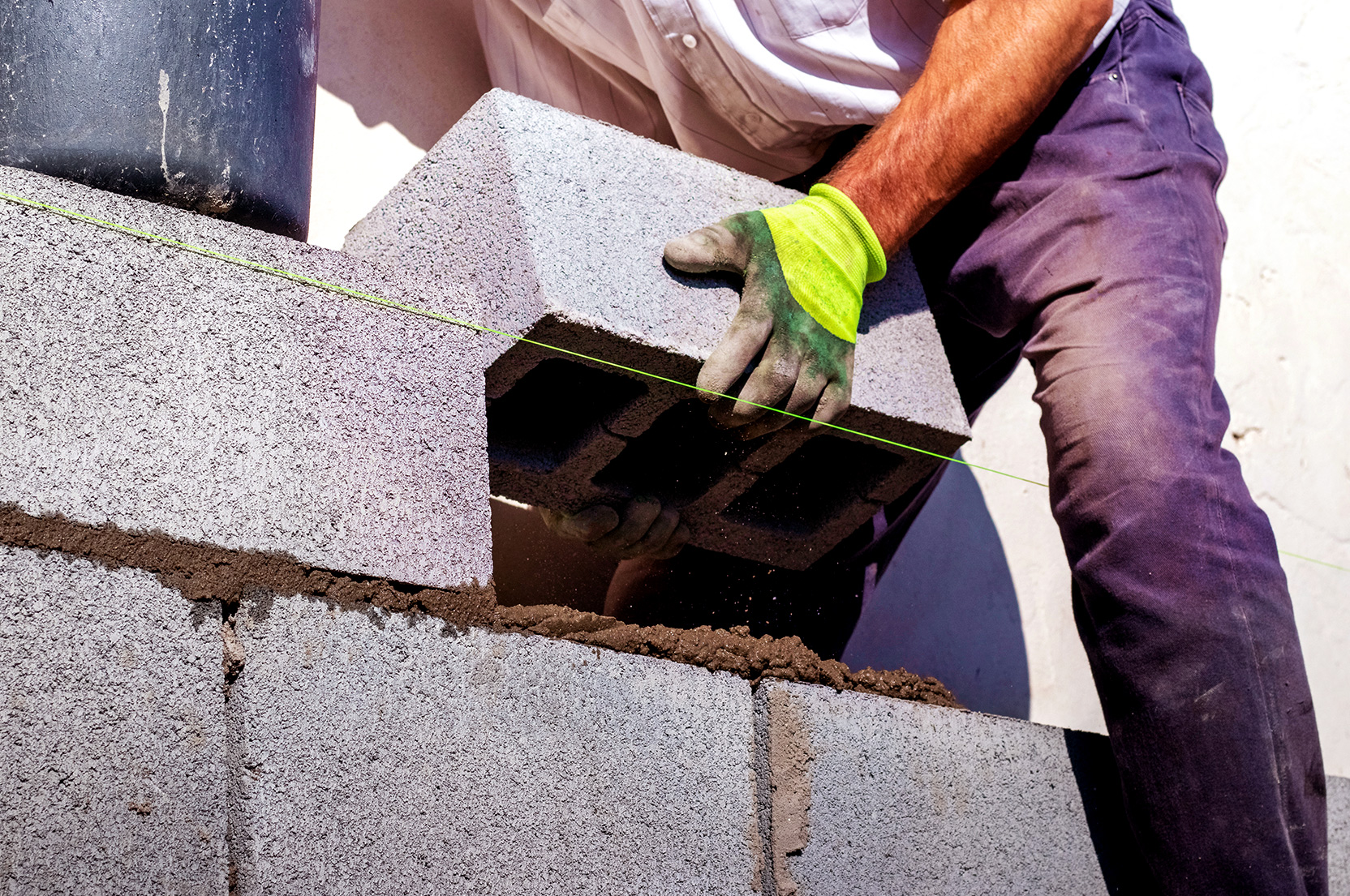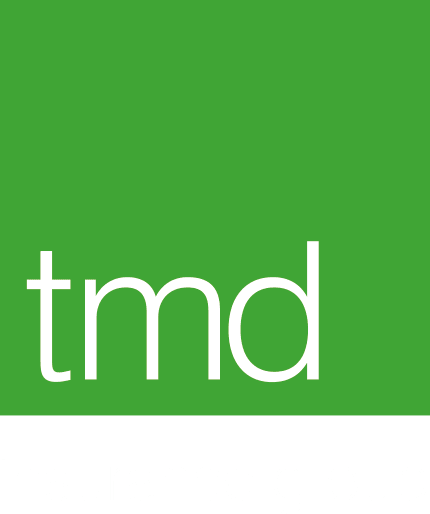Are you concerned about RAAC concrete?

We’ve all seen the recent headlines about schools and other buildings having to close due to fears about RAAC (Reinforced Autoclaved Aerated Concrete) suddenly collapsing. But how does this affect you? Are you concerned about RAAC used in the construction of your building and whether you need to take action? Here, we provide details and advice.
RAAC was commonly used in many buildings between the 1950s and mid-1990s, including schools, universities, hospitals, theatres, airports, shopping centres, police stations, court buildings and residential buildings.
It was cheap, lightweight and provided good insulation, and as a result, was widely used as a building material, generally as precast panels in flat roofs (sometimes pitched) and occasionally floors and walls. In appearance, the panels are light grey or white, smooth on the underside and with a bubble appearance inside that resembles an aerated chocolate bar.
The potential risks
However, RAAC’s lightweight properties came at a cost to its structural strength, with its porous qualities making it prone to cracking and weakness. Although well over its 30-year lifespan, it is still found in many buildings and there have been reports of roofs made of RAAC suddenly collapsing, despite appearing to be in good condition.
Safety alerts
In 2018, the Local Government Association (LGA) and Department for Education (DfE) contacted all school building owners after the failure of a roof using RAAC panels. In May 2019, the Standing Committee on Structural Safety (SCOSS) issued a high alert about the risk of RAAC and, after this time, there were many reports of sudden collapses of RAAC panels used on roofs. The Department for Education issued guidance requiring those responsible for buildings in the education sector to identify where RAAC had been used.
Guidance and advice
Given the many collapses that have been reported, RAAC’s lack of structural integrity and the many safety alerts that the authorities have issued, it is absolutely essential that, as a building owner or responsible person, you take appropriate steps to confirm the safety of any RAAC panels used in the construction of your premises.
This can be done by an appropriately qualified building surveyor or structural engineer with experience of RAAC, who can initially confirm the presence of RAAC in your premises, subsequently determining its condition and recommending remedial action, if required, including replacement.
If RAAC is found to be in your building, it’s essential to advise your insurer. Building insurance policies may cover damage caused by sudden and unforeseen events. However, most policies are not designed to cover wear and tear or construction defects. If RAAC failure leads to sudden damage to other parts of the building, the policy may respond to the resultant damage, but this is dependent on the terms and conditions of your policy.
Talk to TMD
If you find RAAC has been used in the construction of your building, please talk to TMD, as we can review your insurance policy and provide guidance.
To discuss, call TMD on 01992 703 000 or email us at insurance@mcdonaghs.co.uk

